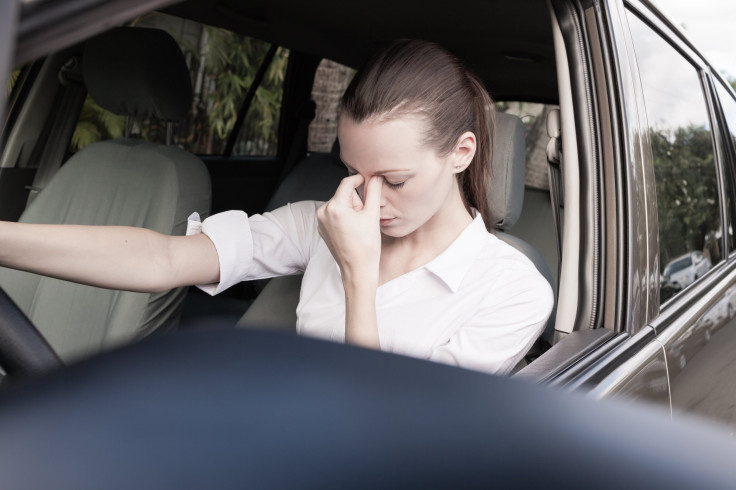Sleepy Drivers Kill Thousands Every Year; Naps And Coffee Recommended

Although drunk drivers make the Fourth of July one of America’s most dangerous holidays, the government is warning the public about a sleepier threat: fatigued driving. As millions of U.S. motorists hit the road for the summer driving season, sleepy drivers will cause 3 percent of highway deaths this year, according to statistics compiled by the National Highway Transportation Safety Administration (NHTSA).
“Drowsy driving causes more than 100,000 crashes a year, resulting in 40,000 injuries and 1,550 deaths,” NHTSA writes on its website. “As tragic as these numbers are, they only tell a portion of the story. It is widely recognized that drowsy driving is underreported as a cause of crashes. And this doesn't include incidents caused by driver inattention.”
The danger is insidious given that many drivers don’t realize they’re falling asleep while behind the wheel. But 1 in 25 adults surveyed by the Centers for Disease Control say they know they’ve recently fallen asleep while driving. And while all drivers are susceptible to fatigue, some populations are more likely to drive while sleepy, including younger drivers ages 16-29 and males especially. Shift workers and people with untreated conditions such as sleep apnea syndrome and narcolepsy were also more prone to committing driving errors from fatigue.
People are most likely to drive while fatigued because of sleep loss or the use of alcohol or sedating medications, including anxiolytic hypnotics, tricyclic antidepressants, and some antihistamines.
“To prevent drowsy driving and its consequences, Americans need information on approaches that may reduce their risks,” NHTSA advises. “The public needs to be informed of the benefits of specific behaviors that help avoid becoming drowsy while driving, [which] ...include planning to get sufficient sleep, not drinking even small amounts of alcohol when sleepy, and limiting driving between midnight and 6 a.m.”
Similar to drunk driving, NHTSA officials recommend a no-tolerance approach to fatigue. “As soon as a driver becomes sleepy, the key behavioral step is to stop driving-for example, letting a passenger drive or stopping to sleep before continuing a trip.”
Interestingly, traffic safety researchers have concluded that a couple of cups of coffee along with a short nap ― lasting about 15-20 minutes ― is the best short-term remedy for fatigue. The effectiveness of rolling down the window or turning on the radio has not been demonstrated in study, they noted.
Overall, some 33,561 people were killed in traffic collisions in 2012.
Published by Medicaldaily.com



























